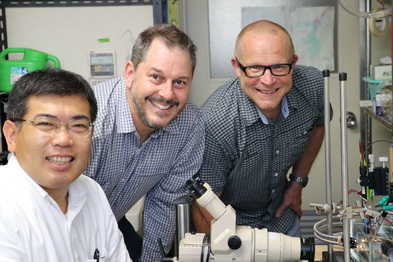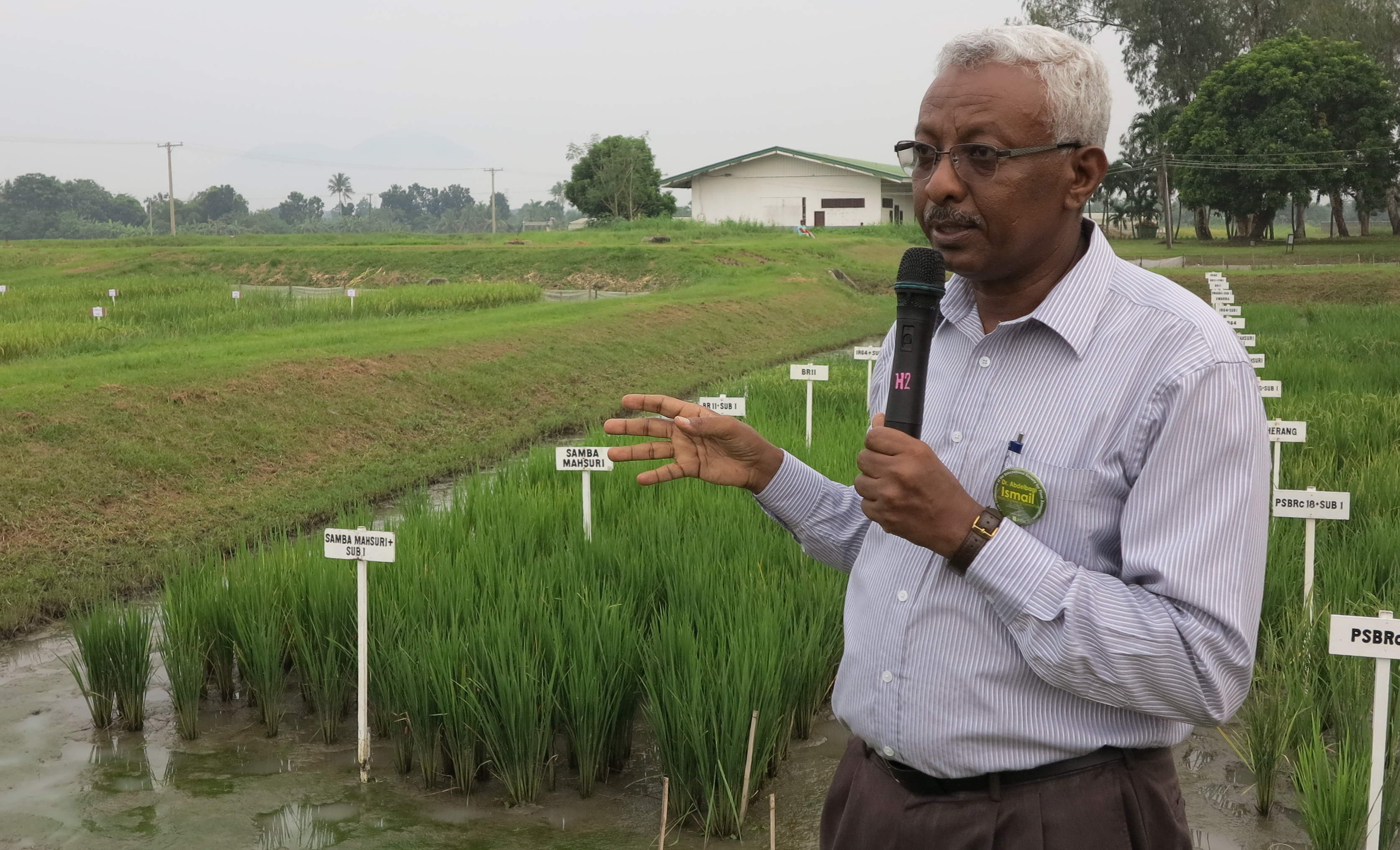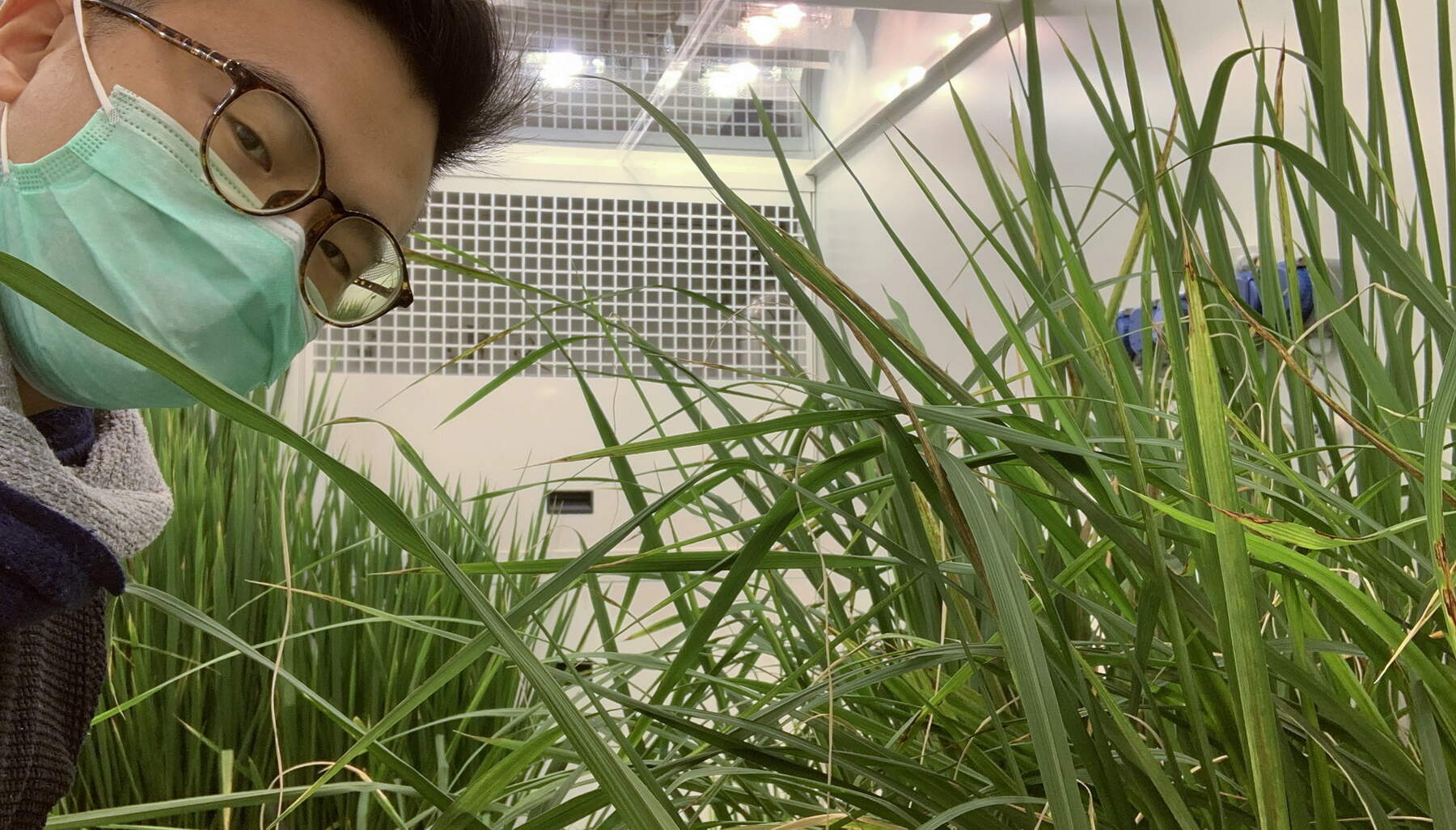The University of Western Australia and Prof Tim Colmer, in particular, is beyond comparison my most important international collaboration. The collaboration was initiated in August 2005 and since then we have coauthored more than 35 papers. I have visited UWA every year in October or November and sometimes more than once. UWA is highly attractive as it offers world class growth facilities (CERs, phytotrons, glasshouses and CT room). Together with Prof Colmer I have access to good collections of rice and wheat cultivars as well as wild relatives. Western Australia also offers a unique natural aquatic flora in wetlands and in the shallow waters of the Indian Ocean.
I have been an adjunct at UWA since 2007. I currently have a UWA Research Collaboration Award with Prof Colmer that also involves collaboration with Prof Nakazono at Nagoya Univesity. For 2018 and 2019, the Carlsberg Foundation has funded the research visit to UWA and Nagoya University where we are going to continue the research on the barrier to radial oxygen loss in rice.
The UWA glasshouse area with CERs, phytotrons and glasshouse facilities. Dr. Dennis Konnerup is taking back a sample of rice roots for further analyses in the upstairs laboratories.
Profs Nakazono, Colmer and Pedersen during a research visit to Nagoya University in June 2017. We were working on the barrier to radial oxygen loss in maize, teosinte (a wild maize relative) and an introgression line. Teosinte and the introgression line both form a barrier to radial oxygen loss when grown in waterlogged conditions.
The collaboration with Nagoya University in Japan was initiated in 2014 where we began the successful work with Prof Ashikari (Moto) and his people. This research led to the discovery of the LGF1 gene that controls the superhydrophobic properties of the rice leaf cuticle during submergence and thus also the formation of leaf gas films.
The past two years, the collaboration has been expanded to also include Prof Nakazono and his group. They are working on aerenchyma formation and also the barrier to radial oxygen loss in rice, maize (that does not form a barrier), a wild maize relative (teosinte) and some exciting introgression lines that also form barriers. The ongoing research with Nagoya University has been supported by the Sasakawa Foundation, the Villum Foundation and recently also the Carlsberg Foundation.
The International Rice Research Institute (IRRI) in Los Baños, the Philippines has also served as an important partner in the past and with the recent grant from Danida on Climate-smart African rice, this collaboration with will further expanded. IRRI has a fantastic collection of rice genotypes in addition to all of the wild rice species within the Oryza genus. This is an important resource for the type of work we are doing in my lab and thus the IRRI connection will be essential beyond the present Danida project. I have visited IRRI a number of times but the visit back in 2011 was particularly productive. We focused on complete submergence and the importance of leaf gas films for internal aeration in a field situation. We would not have been able to carry out such logistically demanding work without the help of the IRRI staff in general and Dr. Ismail in particular. Therefore, I am also very happy that Dr. Ismail is now running the African IRRI hub based in Nairobi, Kenya, since IRRI Africa in addition to Sokoine University of Agriculture in Tanzania is our main African partners on Climate-smart African rice.
Dr. Ismail is presenting the impressive field facilities during the ISPA Conference that was hosted by IRRI in 2013.
Dr Chen Lin is working with Prof Sauter at Kiel University where he has established an impressive culture of NIL12, which is used in our current collaboration.
A more recent but very important international collaboration is with Kiel University which is just 4 h drive from Copenhagen. Prof Margret Sauter is head of Plant Developmental Biology and Physiology and is an internationally renowned scientist with a strong record in growth regulation of adventitious roots.
Prof Sauter and I have three publications together and we are currently building data for new papers within this exciting topic. The most recent one is on aquatic adventitious roots formed by NIL12 which is based on T65 (a Taiwanese paddy rice) with a deepwater rice QTL inserted from chromosome 12. The phenotype produces large amounts of aquatic adventitious roots when the shoot is flooded and we have recently unravelled the oxygen supply during submergence to these roots.
The present work focuses on the functional importance of the two types of aquatic adventitious roots that the NIL12 is forming. The practical research is carried out by Dr Chen Lin and Lucas.
In addition to the two major collaborations with UWA and NU outlined above, I am also collaborating with Udine University (Profs Casolo and Zancani), Radboud University (Profs Visser and Roelof), Utrecht University (Prof Voesenek), Florida Atlantic University (Prof Koch) where I am also affiliated associate professor.




